Effect of feed ingrredients on the effect of granulation pro
Posted by Animall Feed Blok Making Machine | updatetime 2020-07-01 16:03
Generally speaking, the factors that affect granulation are the source of raw material, the moisture in the row materials, the content of starch protein, fat, crude fiber, bulk density, the structure and particle size of the material, ect.
1. Generally: The power is crushed to be fine, which is conducive to hydrothermal treatment. On the contrary, the coarse-grained power has low water absorption capacity and poor condition effect.
2. Bulk density: The bulk density of the material has a direct impact on the output. When material has a direct impact on the output. When the same granules are made, large- capacity materials are granulated, with high output and low power consumption. On the contrary, the output is low and the power consumption is large.
3. The influence of the chemical composition of the material
1) Starch quality: Different forms of starch quality have different effects on granulation. Raw starch particles have a rough surface and a large resistance to granulation. When the raw starch content is high, the granulation output is low and the die wear is severe. Raw starch particles have poor binding ability with other components, and the final product is loose. The ooked starch, that is, gelatinized starch, exists in a gel state after conditioning and absorbing water, and the gel facilitates the material to pass through the die holes, so that the granulation output is improved. At the same time, after drying and cooling, the gel can bond other components around, so that the granular product has better quality. During the quality process, the starch granules are steamed, partially squeezed and gelatinized during the process of being pressed by the die and the pressure roller, resulting in stickiness, so that the resulting granules have a precise structure and improved quality. In additiion to the structure and improved quality. In addition to the structure and properties of various starches, it is also related to the fineness of the powder. Therefore, when using corn and sorghum as the main raw materials, pay attention to the crushing particle size before granulating.
2) Protein: The protein is heated and deformed to enhance the adhesion.
3) Grease: The inherent grease in the raw material does not cause the grease to be squeeed out due to the temperature and pressure in the granulation process, so it has little effect on granulation, and the addition of grease has a significant effect on the production and quality of granulation influences. Adding 1% of fat to the material will make the particles soft, and it will significantly increase the granulation output, and will reduce the effect of die and roller wear. However, before granulation, the raw material has high oil content and the resulting granules are loose. The amount of grease added before granulation should be limited to 3%.
4) Molasses: Usually added in less that 10%, it can be used as a binder, which is good for enhancing the hardness of the particles, and its effect depends on the ability of the material to absorb the molasses.
5) Fibre: There is no adhasive force, but if there is too much fiber and the resistance is too large, the output will decrease and the die wear will be fast. For materials with high crude fiber content, the inside is loose and porous, and the moisture in the mold should be controlled. If the moisture is too high and the temperature is too high, the particles will expand quickly after being released from the mold and are easy to crack.
6) Heat-sensitive raw materials: when adding certain vitamins, seasonings and other materials that are easily damaged by heat, the granulation temperature should be appropriately reduced, and excessive additions are required to ensure the effective content of these ingredients in the finished product.
4.The binder Some feed contains starch, protein or other components that have a binding effect, and it is difficult to make granules. Therefore, a binder needs to be added to achieve the desired firmness of the particles.hat are the physical and chemical changes in the granulation process of protein, carbohydrates, fats and vitamins:
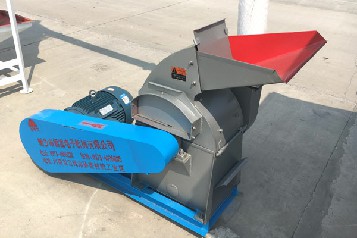
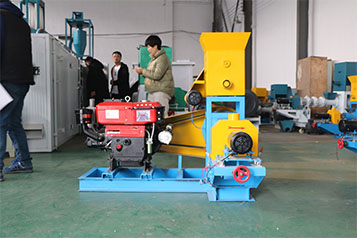
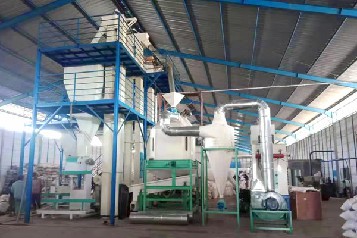
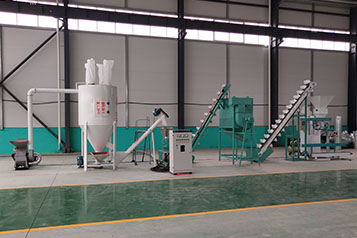
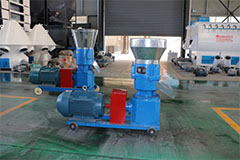


Leave your comment Here